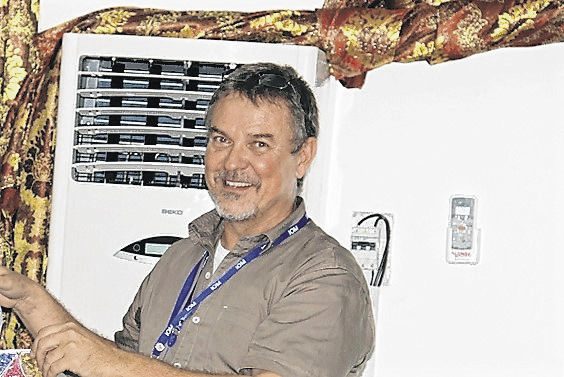
In the period before women received the right to vote (1920), Owen Township women were doing more than keeping house and raising kids. Women held jobs outside the home, ran businesses, bought and sold real estate, traveled for employment and rose as experts in their fields.
According to the Brownstown Banner, as early as 1894, women worked for Owen Township as librarians, teachers and janitors.
Amanda Hinkle was a librarian. Sadie Hamilton, Lora Kindred, Anna Lindley, Ethel Lockman, Minnie Louden and Laura Kindred performed teachers “institute work.”
Hettie Cummings, Minnie Louden, Lora Kindred, Anna Lindley and Ethel Lockman all taught school. Nora Lockman and Annie Findley received payment for janitorial and institute work. Sarah Jones and Caroline Clampitt were paid for “cleaning house.”
[sc:text-divider text-divider-title=”Story continues below gallery” ]
In 1896, Amanda Black was paid $1.50 for bridge timber and work. Margaret M. Hamilton was paid $6.50 for a “pump.” Ruth Maynard received $2.50 for “roadway” work in 1898. Margarette Kindred received $6 for services as “director,” which appears to be a short-term assignment. In 1908, Isabelle Scott and Mary C. Dobson received $2.50 and $1.00 respectively for bridge sills. In 1909, Elizabeth Black received $1.50 for 500 shingles.
Women owned or ran hat and dress shops, sold silverware, and ran other businesses that catered to a female clientele. By 1890, Kurtz had a millinery store. In 1894, a new “millinery and dressmaking establishment” opened in Clearspring.
Miss Emma Gibson ran a millinery store in Houston in 1895. Mrs. Emma Brown operated a “millinery and dress-making establishment at Kurtz” out of the Davis Hotel in 1895. Mrs. Mitchell of Norman moved her picture gallery to Kurtz in 1905.
The Banner hired women correspondents. Clearspring’s columnist, known as Dew Drop, began publishing articles in 1887. The Kurtz correspondent was also a woman in 1904. “Sister Kalediscope [sic] wishes to say to Brother Fancies [Freetown], that she knows that smallpox cannot be caught at a distance of five miles…”
With the advent of the telephone, women served as “hello girls” or switchboard operators. In 1904, “Miss Lola Crooper visited the ‘hello’ girls” in Clearspring.
They also travelled for employment. In 1901, Mrs. Charlie Armbruster travelled to other cities selling silverware. In 1903, at the age of 16, Emma Thompson had moved to Bedford with her cousin Molly Smith for employment. Emma’s sister Anna Thompson, at the age of 18, and Marion Smith were working in Bedford in 1909.
Some women also were technical experts in agriculture. At the 1906 Farmers Institute, Miss Louisa C. Armbruster, who owned the White Feather Farm in Kurtz, who had “quite a bit of experience with ‘wooden hens,’” spoke on the topic of poultry. Mrs. S. E. Enos lectured on ‘the subject of ‘Turkeys.’”
In their free time, women played music and were active in social clubs. In April 1904, Dr. Fleetwood’s wife received a new piano while “Miss Mary Owens takes the premium of singing and playing on the guitar over the telephone” in 1907. Women offered social services through the Wednesday Club, Rebeca Lodge, Ladies Aid Society and Women’s Christian Temperance Union.
Finally, when needed, women could also be as rugged as their environment. When Mrs. Louis Browning of Kurtz saw a red fox near her home in December 1905, the Seymour Daily Republican explained that she untied her German shepherd. While the dog and fox “rolled over and over fighting furiously,” Browning “laid the fox out” with one blow of a club. Subsequently, a fur dealer offered Browning two dollars for the hide.
Craig Davis, who was born in Seymour and graduated from Brownstown Central, currently lives in Tegucigalpa, Honduras, and works for a U.S. government contractor on school-based violence prevention. He is the author of “The Middle East for Dummies” and is conducting research for a genealogy and social history book in Kurtz and Freetown.
